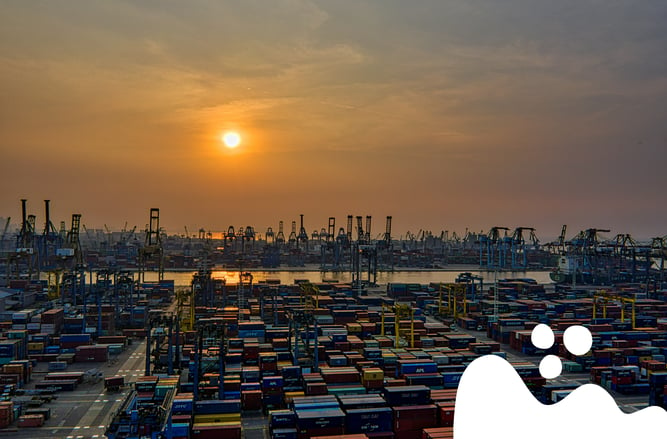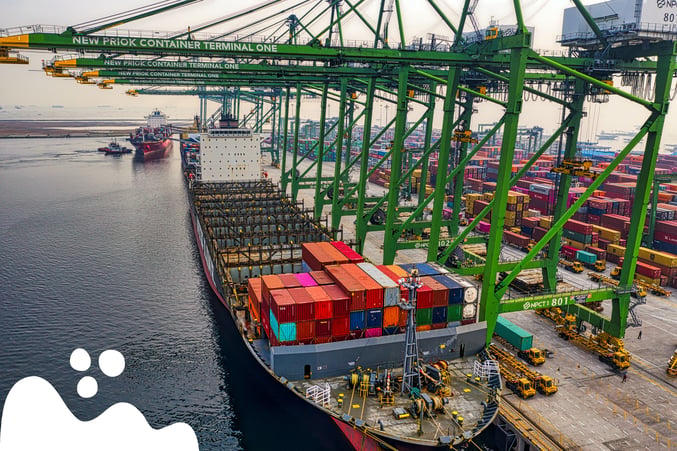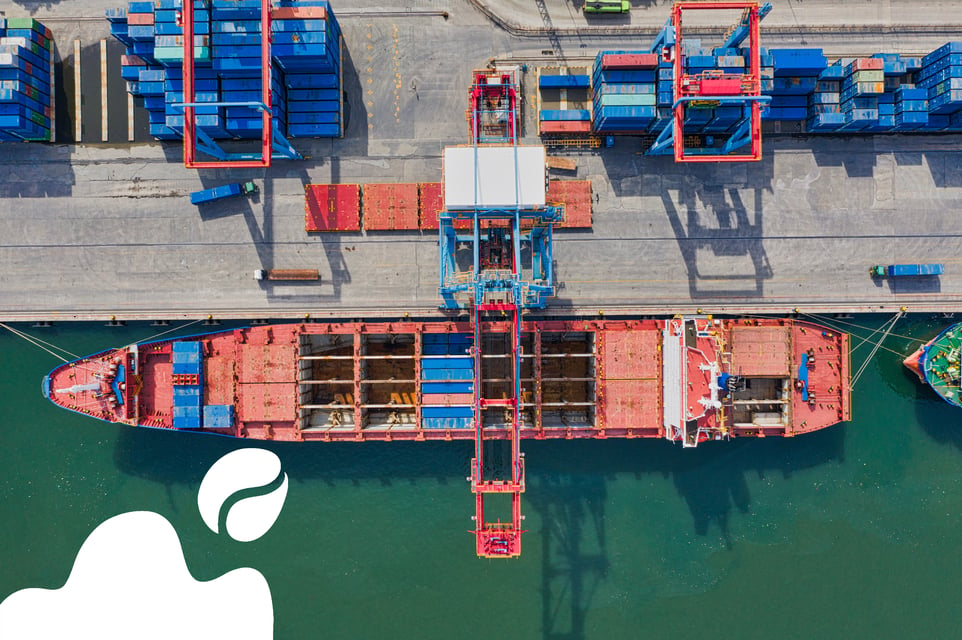
We’re nearing the end of the year—and just as with 2020, this has been a difficult one. The unprecedented challenges of last year created uncertainty around how 2021 would go. There have in fact been some hiccups, and among the biggest have been on the logistics side.
As promised in our last blog post, we want to keep you updated about potential logistics issues in the near future. We’ve been doing some research and talking to experts on the topic, and we’re happy to share some insights.
________________________________________________
In the last 20 months, our supply chain has faced some tough times. These issues started in China at the end of 2019 and the start of 2020 when the nation faced domestic challenges with the onset of COVID-19, which created a global reduction in demand for manufactured goods and services. The effects of the virus spread throughout the global supply chain—from Asia to Europe and then to the Americas—with factories, ports, and other institutions shutting down. Ocean carriers stopped conducting services, with some even “scrapping” their vessels—meaning they were taken apart and made into metal scrap.
As ports started closing or reducing their operating hours due to quarantine restrictions and low cargo flows, ships and seafarers were stranded and unable to reach or call ports. Around February 2020, global financial markets began crashing; many started speculating and making predictions about the market not being able to recover anytime soon, and stimulus programs began taking place in many countries. But in the second half of 2020, the “economic pendulum” started to swing in the other direction. China ended its lockdown and consumers around the world increased their online purchases, buying products primarily manufactured in Asia, which then needed to be shipped mainly to North America and Europe. Of course, this meant that vessels had to come back.
By then, some of the owners of vessels that had been taken out of service wanted them back in the game, as they started seeing charter rates skyrocketing due to the high cargo demand. This led to ports getting congested, warehouses running out of space, and low availability of truckers.
Due to these conditions, many shipments were left waiting at ports, some didn't make it to transshipment, and delivery times started getting longer. Unfortunately, these challenges have continued over the last few months.

And as if all the challenges mentioned above weren't enough, we are now facing the “empties factor”: Due to ships being stuck at ports, there are also many empty containers that need to be reloaded, but are still waiting for their turn. In addition, the production of new containers is slow, as over 90% of them are manufactured in China—and with the country shutting down last year, the production of containers is taking longer than usual.
With shipments taking longer and vessels being stuck at ports for extended periods, some vessels are being sent to more "profitable areas" where carriers know they can make more money by bringing “empties” to trade places where the transit time is shorter, and they can turn around in just a few weeks.
This too shall pass
With increased demand and lower capacity, rates are up. Due to congested ports, we see freight rates increasing to unprecedented rates. Some shipments from Asia to North America are costing $25,000 to $30,000 USD for a 40-foot container (compared to standard costs of $5,000-$15,000 USD). You may be wondering if these costs will translate to price increases for you—the truth is, it will have an impact on 2022 landed coffee prices. As carriers renew contracts in the next couple of months, we’ll have a clearer picture of what to expect for next year. In the meantime, reach out to your Relationship Coffee Manager to get updated quotes.
Unfortunately, experts are speculating that the situation at ports does not have a short-term solution. One of its root causes is the low availability of truckers—a systemic problem not easily solved. Young people are not seeking the career, and older truckers are retiring, as weather conditions and events like hurricanes, fires, and typhoons are creating more and more volatility in the profession.

But not all is lost. Solutions are being sought, and there have been some improvements, including extended operating hours in some ports, and more terminals opening. Even though rates probably will not return to their previous levels in the near future, some carriers have promised not to increase rates above the current prices.
So what can you do to help yourself during this challenging situation? We advise keeping track of your shipments to improve your chances of avoiding storage or detention. Also, remember that communication is key! Don't be afraid to ask questions, or to ask for alternative solutions. Some carriers have been open to negotiating and thinking creatively to make things better for all involved.
Our industry is resilient, and things will get better. But we must remember that the way our supply chain operates is changing. These changes are having a global impact on the economy, on how purchasing and sales are conducted, and on pricing in the supply chain. We must work together to navigate these difficulties as a united industry.
________________________________________________
As always, don’t hesitate to reach out if you have any questions, and make sure to subscribe below to our newsletter to stay on top of our latest updates. We’ll do our best to keep you in the loop!



.png)
